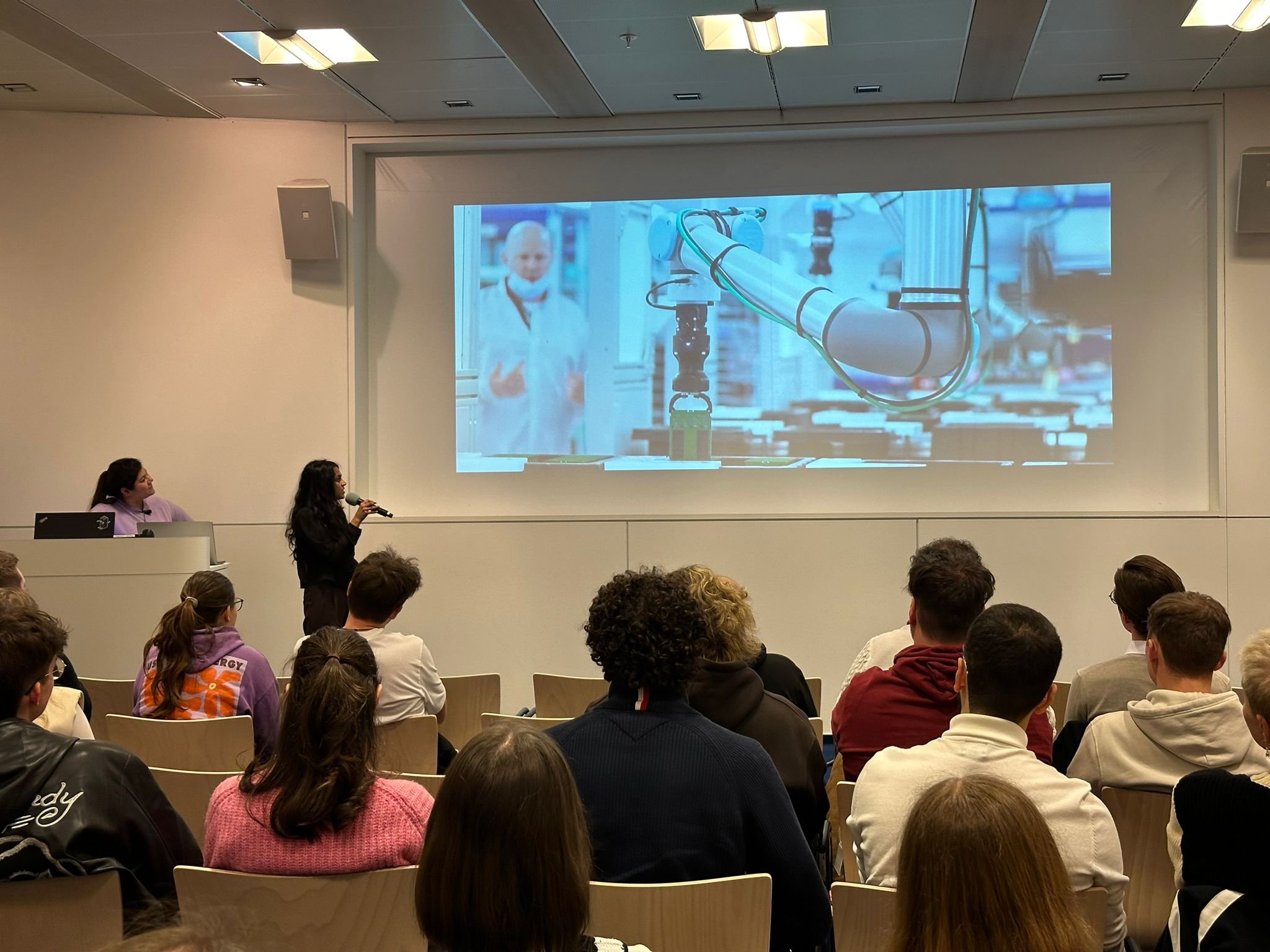
IBM GDPS, Design consultant

Introduction
A team of engineers at IBM were on a mission to redesign a specific experience called GDPS. I was asked to join this team as a design consultant to help transform the experience and make it compliant with IBM’s design system. I created user stories, defined the project timeline, crafted UX solutions, showed the team how to set up a grid and acted as the ‘design system thesaurus’ by guiding the team on selecting the best component from the design system to serve each use case and user need. We started out with 0 sponsor users and after this redesign, we were able to recruit users from 5 of the largest banks and IT service provider companies.
Since the product hasn’t shipped yet, I blurred out most content. I tried to explain my way of thinking and contribution throughout the project.
Team and role
I am a design consultant and the sole designer on a team of engineers, product managers and technical experts.
Duration
1.5 years, 2023–2025
Project management
Creating user stories,
priorities and a timeline

01–
I worked with the engineers and product manager to priorities the different screens based on design effort and how often a user engaged with the product.

02–
We used the prioritisation and effort classification to define a project timeline, factoring in time for implementation reviews.
Understanding the as-is
Understanding complex
tasks and turning them
into simple mental models
To redesign the experience, I tore apart the existing product. I tried to understand the mental models with the team, choice of colors, status icons and navigations. I posed different user questions to the team to get us to think of the best way to rethink the experience to make it accessible to novice users.

process
Practices to set the
team up for success

01–
UX brainstorming sessions
We drew out mental models of complex concepts and listed different scenarios and use cases. I helped the team identify which component and state suited each use case best.

02–
Creating templates for the team
I built a series of templates on Figma for the team to use. This included the grid, UI shell and navigation to speed up the design process and keep things consistent.

03–
Figma sessions with the team
I conducted Figma learning sessions with the team to help the craft faster and more efficiently. I prepared some presentations and gave them challenges.

04–
Usability tests (coming soon)
Working on a plan for our usability tests, compiling pertinent questions around the product and questions to quantify the impact of our work.
User flows and interactions
Crafting designs

Edge cases
Along with happy flows, I helped the team spec out screen
to guide a user through the process of warning resolution.

Modern interactions
I helped the team replace old school interactions with modern ones.
For example, instead of cut and paste, a simple drag and reposition
worked better. I encouraged the team to disable interactions that
would always trigger an error.
Impact so far
We had the opportunity to share a Figma prototype of the work at a design council with potential customers and managed to recruit 5 clients as sponsor users from some of the largest banks and IT service providers in Europe. These are the first users we’ve acquired. It will give us the opportunity to conduct user tests and involve them in the process to collect meaningful insights.
I was supposed to work on the project for 4 months but the team asked to extend my involvement to the duration of the entire project. The team started to approach the project with a more user-centric mindset. This makes me feel more confident that they really understand the value of design to build a good experience for users.

